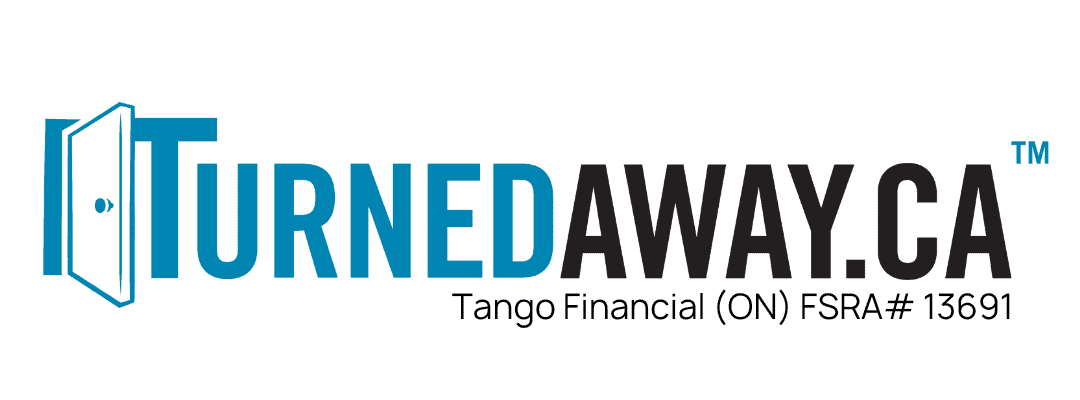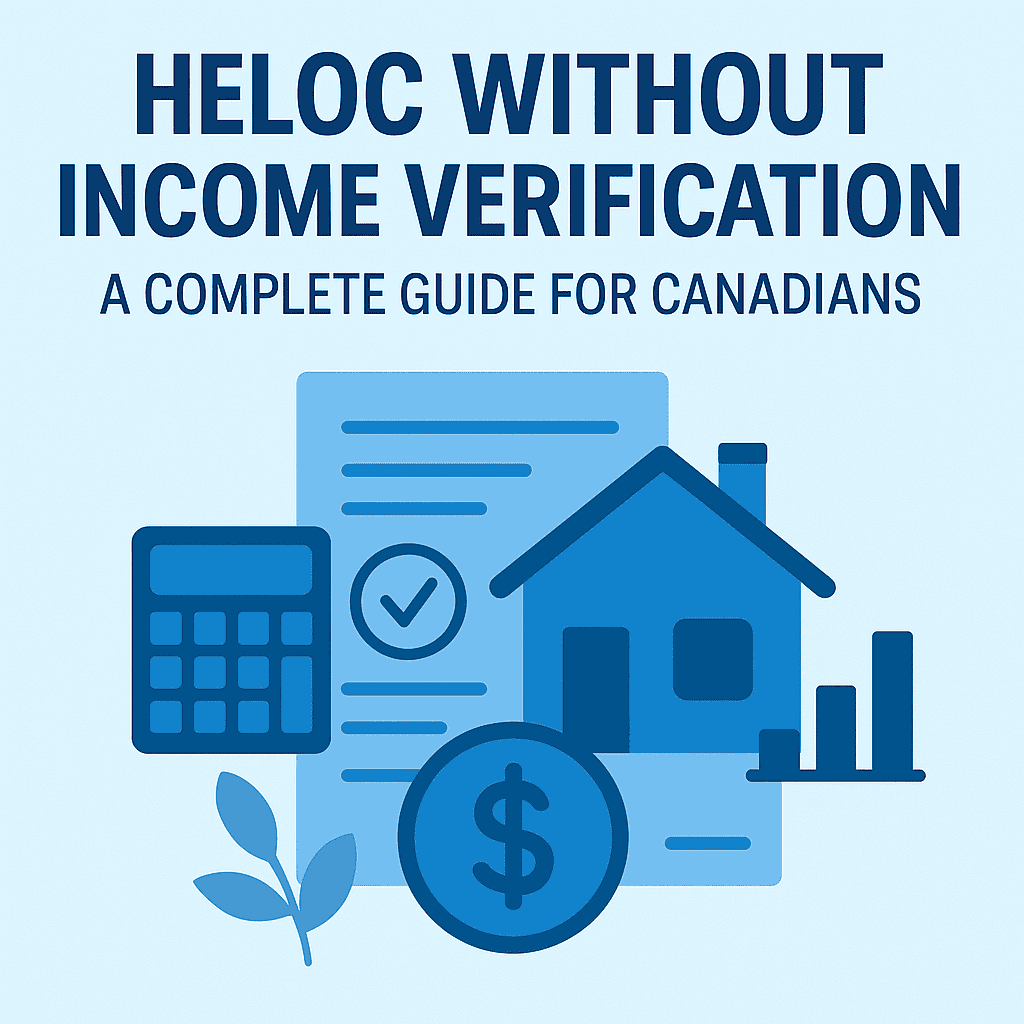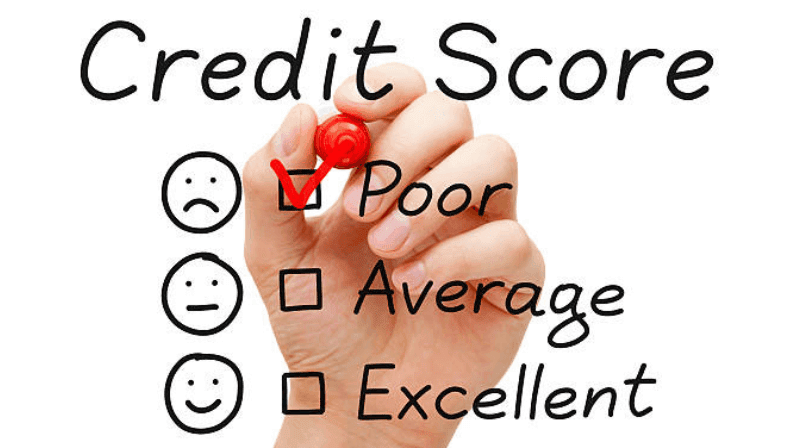Is it possible to get a HELOC with no income? While challenging, it is possible if you work with the right mortgage broker. Many Canadians believe getting a Home Equity Line of Credit (HELOC) without traditional income documentation is impossible. But if you’re self-employed, retired, working seasonally, or facing a temporary income gap, there are paths forward — provided you know how to position your application.
This guide explains exactly how to qualify for a HELOC with non income verification in Canada. We’ll break down lender types, required documentation, approval strategies, common pitfalls, and key statistics. You’ll also see real-world case studies, a lender comparison table, and insider tips to help you secure funding faster.
What Is a HELOC and Why Income Verification Matters
A HELOC with no income is a revolving credit line secured by your home that lets you withdraw funds, repay, and borrow again without reapplying — much like a credit card, but typically with lower interest rates.
According to the Financial Consumer Agency of Canada, you can borrow up to 65% of your home’s value through a HELOC. When combined with your mortgage, your total secured borrowing usually can’t exceed 80% loan-to-value (LTV). This means a HELOC with no income still requires sufficient equity to qualify, even if traditional income documents aren’t provided.
Why lenders ask for income proof on a HELOC:
-
To confirm you can afford the interest payments.
-
To comply with internal underwriting policies and lending regulations.
-
To minimize default risk.
If you can’t produce pay stubs, T4s, or Notices of Assessment, most big banks will decline your application. However, many B lenders and private lenders specialize in offering a HELOC with no income by accepting alternative forms of income verification or focusing primarily on your equity position.
How a HELOC with No Income Verification is Possible
“No income verification” for a HELOC with no income doesn’t mean lenders completely ignore your earnings. Instead, it means they use alternative methods to assess your ability to repay.
Instead of requiring:
-
Employment letters
-
Recent pay stubs
-
CRA Notices of Assessment
Lenders offering a HELOC with no income may accept:
-
Bank statements showing consistent deposits
-
Investment portfolio statements
-
CPP/OAS statements for retirees
-
Rental income documentation (leases, rent rolls)
-
Evidence of on-time bill and mortgage payments
-
A property appraisal confirming a strong equity position
Key lender categories for a HELOC with no income:
-
B Lenders: Trust companies and credit unions that accept alternative income documentation.
-
Private Lenders: Focus almost entirely on equity and property value, approving applications quickly with minimal documentation.
Credit Score and Equity Requirements for a HELOC With No Income
Competitive market research shows:
-
Prime lenders typically require a 680+ credit score and fully verifiable income.
-
B lenders may approve scores between 550–679 if equity and other factors are strong.
-
Private lenders generally base approval on the equity in your home, often with little or no emphasis on credit score.
The Borrowing Formula for a HELOC With No Income
Most lenders use this calculation:
(Home Value × 80%) − Mortgage Balance = Maximum HELOC Potential
Example:
Home value: $900,000
80% of value: $720,000
Mortgage balance: $400,000
Maximum available HELOC with no income verification: $320,000 (subject to lender policies)
HELOC vs. Other Equity Options When Income Proof Is Limited
|
Option |
Best For |
Documentation Focus |
Typical LTV |
Pros |
Cons |
|
Bank HELOC |
Stable, documented income |
T4s, pay stubs, NOAs |
Up to 65% HELOC (80% combined) |
Lowest rates, revolving credit |
Strict requirements, high decline rate |
|
B-Lender HELOC |
Self-employed, variable income |
Bank statements, leases |
60–75% |
More flexible than banks |
Higher rates than banks |
|
Private HELOC |
Urgent needs, weak docs |
Equity & property value |
65–80% |
Fast approval, minimal docs |
Moderately Higher costs |
|
Second Mortgage |
Debt consolidation, arrears |
Equity, appraisal |
Case-by-case |
Fixed terms, flexible docs |
Not revolving |
Tip: If you need a one-time lump sum, a second mortgage can be approved faster than a HELOC and with fewer documentation requirements.
Step-by-Step: Getting Approved Without Traditional Income Proof
- Calculate Your Equity
Use the Home Equity Loan Calculator to estimate your borrowing room. - Check Your Credit
Aim for 680+ if possible, but even mid-500s may work with strong equity. It’s best to work with a bad credit mortgage broker if you have poor credit. - Gather Alternative Docs
Your mortgage broker will help you navigate what documents will be required to get an approval. - Choose the Right Lender Type
- Bank: partial docs, lowest rates.
- B-lender: uneven but steady deposits.
- Private: urgent or zero proof.
- Work With a Broker Who Specializes in Equity Files
TurnedAway.ca matches your situation to the most suitable lender and negotiates terms. - Negotiate Structure, Not Just Rate
Interest-only options may improve affordability even at a slightly higher rate. - Have an Exit Strategy
Plan to refinance to a cheaper product in 6–18 months.
Five Real-Life Case Studies
- Retiree Couple With No T4s
- Value: $850,000 | Mortgage: $320,000
- Need: $75,000 for medical costs
- Solution: B-lender HELOC using CPP/OAS and investments
- Outcome: Access to funds until they qualify for a bank HELOC
- Self-Employed Contractor With Seasonal Swings
- Value: $700,000 | Mortgage: $420,000
- Solution: Private HELOC with 12 months of deposits as proof
- Outcome: Smoothed cash flow; refinanced to B-lender in 9 months
- Family in Mortgage Arrears
- Value: $900,000 | Debt: $65,000
- Solution: Stop Foreclosure in Canada via second mortgage
- Outcome: Lower monthly payments; plan to return to A-lender
- Landlord With Partial Documentation
- Challenge: Leases and deposits available, but no recent tax filings
- Solution: B-lender HELOC based on rental cash flow
- Outcome: Funds for property maintenance and turnover
- CRA Lien Risk
- Challenge: Behind on HST, lien threat
- Solution: CRA Lien Solutions via fast equity loan
- Outcome: Avoided lien registration, kept refinance options open
FAQs on How to get a HELOC with No Income
Can I get a HELOC with no income in Canada?
Yes. You can get a HELOC with no income in Canada if you have strong home equity and decent credit. Instead of pay stubs or T4s, lenders may accept bank statements, CPP/OAS, rental income, or investment records as proof of ability to repay.
How much can I borrow with a HELOC with no income?
In Canada, a HELOC with no income typically allows you to borrow up to 80% of your home’s value minus your current mortgage balance. The exact amount depends on equity, property type, and lender guidelines.
Will my interest rate be higher on a HELOC with no income?
Yes. HELOCs with no income usually come with higher rates because lenders take on more risk. However, they are still lower than most credit cards or personal loans, and consistent payments can help rebuild your credit.
Is a HELOC with no income safe?
Yes, a HELOC with no income can be safe if you have a repayment plan and borrow responsibly. Because it’s secured by your home, missed payments risk foreclosure, but rates are lower than most unsecured debts and on-time payments improve credit.
How fast can I get approved for a HELOC with no income?
Private lenders in Canada can approve a HELOC with no income in just a few days, while B lenders may take 1–2 weeks. Timelines depend on your equity, credit profile, and how quickly documents are provided.
Can self-employed Canadians get a HELOC with no income proof?
Yes. Self-employed homeowners can qualify for a HELOC with no income proof by providing business bank statements, invoices, rental income records, or investment documents instead of traditional T4s or pay stubs.
Can I use a HELOC with no income to pay CRA debt?
Yes. A HELOC with no income can be used to pay CRA debt. This helps avoid liens or wage garnishments and allows you to consolidate the balance into a lower-rate secured loan with flexible repayment.
What is the difference between a HELOC with no income and a second mortgage?
A HELOC with no income is a revolving line of credit secured against your home that you can borrow, repay, and reuse. A second mortgage is a lump-sum loan with fixed payments and a set term — once it’s repaid, you must reapply to borrow again.
The Bottom Line
Qualifying for a HELOC without income verification in Canada is realistic if you know the right lenders, documents, and strategies. With expert help from TurnedAway.ca, you can secure funding quickly, protect your home, and create a plan to transition to lower-cost financing.




